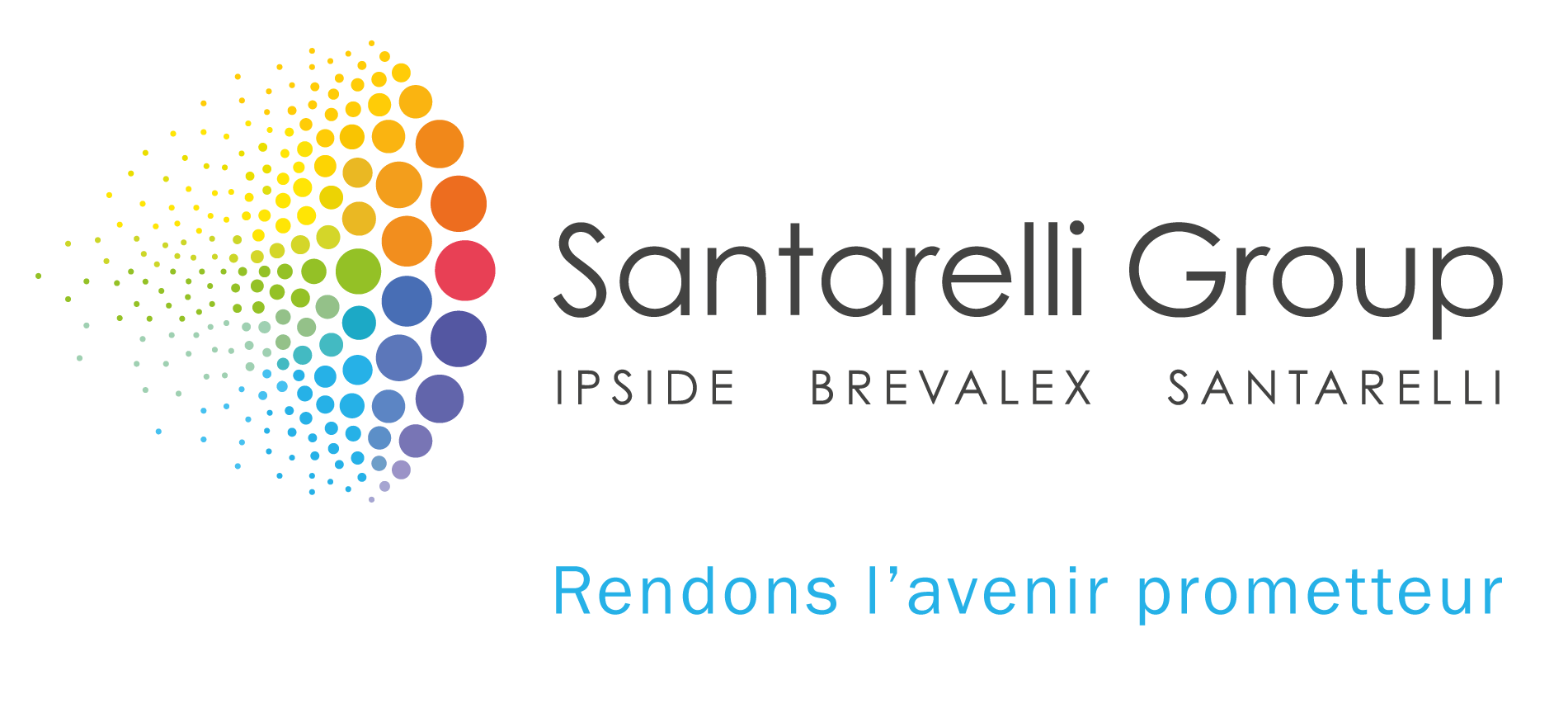Today, most of the value of a company lays in its intangible assets. In 1982, on an average, 20% of the valuation of a company was made of intangible assets, while today this average amounts for 86%. Therefore, in many occasions an appraisal of these intangible assets is required, such as in a M&A, an IPO, a licensing project, whether in or out, or as a security for a loan or for an investment. Such an appraisal is usually performed at the request of a stake holder by an independent analyst. The aim of this article and subsequent articles is to give some insight into how such an appraisal is performed and what should be the out
come. Most of the principles set forth hereunder apply for any IP right and neighboring rights like utility and design patents, trademarks, software, trade secrets and know how, though we will focus on utility patents.
An IP right is an asset providing its owner a kind of exclusivity, and in the framework of this article, a commercial exclusivity. Such an exclusivity may be conferred by the law, as for patents, trademarks or copyrights, or may be organized by the owner, based on secrecy, as for trade secrets and know-how. It is an asset because of this exclusivity which provides the owner a competitive neck.
To begin with, some basic topics shall be kept in mind.
First of all, intangible assets are the less liquid assets of a company. Among these intangible assets, IP rights, more specifically patents are often considered as the most liquid ones. As of today, there is no such thing as a stock exchange or a highly transactional market like real estate for IP rights.
The value of the IP rights portfolio of a company cannot exceed the value of the company itself, although this principle may in very exceptional cases suffer an exception.
A patent provides its owner an exclusive right only if it is granted and provided that it is further properly maintained by paying annual fees. A patent application does not provide an exclusive right.
Finally, as a benchmark, a 2008 study showed that only 20% of the granted European patents were potentially worth € 3 millions or more, at that the cumulated value of these 20% was accounting for 90% of the total value of all granted and active European patents at this date. However, most of the time an appraisal pertains to an IP rights portfolio not to a single patent.
The term “value” encompasses many notions that need to be clarified. In the framework of this article we consider the value in a business perspective. This means that, ultimately, the value materializes in a transaction where a buyer pays a price to a seller in order to get a form of ownership over the asset. The true value of the asset is therefore the price connected to such a transaction, which is the result of an agreement, said transaction being characterized by the parties, (a buyer and a seller), an object (the IP rights), and a date. Changing one of these characteristics may change the price and consequently the so-called true value.
Nevertheless, most of the time, when an appraisal is requested, there is no such existing transaction. In this framework the value is initially an expectation which will have to be turned into an offer by the analyst. Said offer will be an offer to buy or an offer to sell. The aim of an offer is to trigger a transaction. Therefore, if it is an offer to buy it must be attractive enough for a buyer being ready to pay the corresponding price and opposite if it’s an offer to sell. From this standpoint, a fair value is an offer emitted by one party that is agreeable by the other party, and it is characterized by the parties, an object, a date, and the emitting party. The emitting party must be known, usually it is the party requesting the appraisal, the other party may be virtual. The date is also very important, it is the date of the foreseen transaction, even if this transaction is a virtual one. Usually the date will either be close to the date of the appraisal, or it will be in the future.
Considering the above, the appraisal starts from an expectation of the requesting party. Whether this party is a buyer or a seller, the offer that will be computed by the analyst should be consistent with this expectation, if it’s not, it is basically not agreeable by said party. Of course, there can be some discussions, but the purpose of these discussions is not to convince the analyst that the computed value is too high or too low, but to analyze why and to see which type of actions can be planned to improve the situation and to perform a new appraisal that hopefully will better match the expectation.
When there is a discrepancy between the analyst appraisal and the expectation of the requesting party, it is most of the time because said party bases its expectation by looking at the situation from the wrong side. As a for instance, the requesting party is basically a seller, or a potential seller (which is the case most of the times) and assesses its expectation as if it was actually a buyer.
The value of an intangible asset is a combination of 6 values:
- An acquisition cost
- The value of the incomes generated by the asset (whether in the past or in the future)
- The value of the options enabled by the asset ownership
- A minimum return
- Depreciation
- An expected profit
The acquisition value is the value spent to get a form of ownership of the asset, when the party requesting the appraisal is the owner of the asset (basically a seller) this acquisition value is the amount it paid to get a patent granted, and eventually (depending on the actual project) the amount it spent to make the corresponding invention, i.e. R&T costs. It is basically an investment.
Seen from a buyer point of view, who will emit an offer to buy, this offer should be able to convince the seller to sell.
Seen from the seller perspective, the latter receiving the offer, a fair value is:
(acquisition cost) – (depreciation) – (past incomes) + (minimum return) + (profit) [equation 1]
The analyst will have to assess this value accordingly.
The first 4 terms can be determined provided the analyst may have access to the books of the targeted potential seller. They are basically defined by looking at the past. The (profit), which is the potential profit made by the seller (not the requesting party) has to be tuned in order for the offer to be attractive, it will obviously be limited by buyer’s considerations. Basically, the buyer will be ready to pay a premium provided that its expected ROI is matched.
When the requesting party is a potential seller (the great majority of the cases), it will emit an offer to buy to a potential buyer (most of the time a virtual one).
Seen from this buyer point of view, who receives the offer to buy, a fair offer, or fair value is:
(future incomes) + (value of options) -(minimum return)-(profit) [equation 2]
Once again analyst will have to assess this value accordingly.
And once again, the (profit) is a value, in this case surrendered by the seller, aimed at making the offer attractive, this value is also in this case contingent on some seller’s considerations. Unlike the case of equation 1 where the values can be determined by available figures, equation 2 requires looking at the future and to assess the value of future incomes as well as the value of options. Therefore, these values have to be predicted and they can only be predicted by assuming a project. As a consequence, this kind of appraisal, which is the most common one, requires that a project, i.e. the project of the potential buyer, be defined.
It also follows that he minimum agreeable offer for a seller is set by equation 1 with (profit=0) and symmetrically the maximum agreeable offer for a buyer is set by equation 2 with (profit=0). Of course, these boundaries offer are not the most attractive ones whatever the point of view.
Once the aforementioned principles are understood, performing an appraisal does not require, and shall not require the implementation of complex maths.
90% of an appraisal can be conducted by using a simple Excel® type spreadsheet. However, this requires rigor and most of the time the computation of a large amount of data.
The appraisal shall be performed using known, well-tested and verifiable methods. A serious appraisal shall deliver not a single value but a value range associated with probabilities. For this purpose a software implementing a Monte Carlo method may help but is not mandatory. The most difficult part is to predict the value of the future incomes and the value of the options.
An option is a possibility given by the exclusive nature of the IP rights. There are basically two type of options to be considered: an option to abandon and an option to defer. These options are appraised in the framework of the potential buyer’s project, if they are relevant.
In a nutshell, with the option to abandon, the potential buyer having bought the IP and its project being not as successful as predicted, still has the opportunity to stop the project and try to get some payback by reselling the IP. The option to defer occurs in the same framework, the project being not as successful as predicted, the buyer stalls the project for a certain time and wait for more favorable conditions to restart the project.
The basic methods to be known in order to make an appraisal are the method of computation of a PV (present value), of a NPV (Net Present Value) and of a IRR (internal rate of return). These are basic methods that are explained in many internet pages. The computation of the value of options may be performed by using the Black-Sholes equation or, in an easier way, by using the binomial tree method. These methods, although a bit more complicated, are also explained in many internet pages.
When looking at the future the prediction of future incomes has to take into account volatility and risk. This is one of the most tricky part and unfortunately it may have a huge effect on the computed value. Setting these values will generally require the analyst to make assumptions based on his/her researches and experience.
Want to know more? Please contact us and do not miss part II.
Jean Christophe HAMANN
Conseil en propriété industrielle spécialité Brevets








